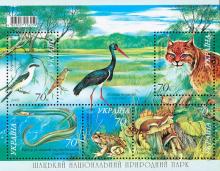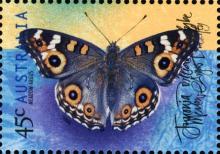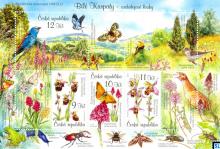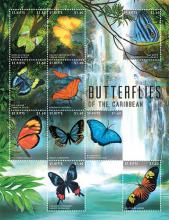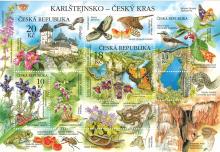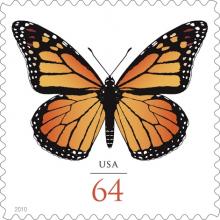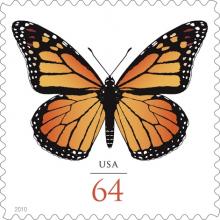Autism and Environmental Pollution
- Lees meer over Autism and Environmental Pollution
- Login om te reageren
If you look just at the numbers, you might think autism rates are spiraling out of control. The rates seemed high enough at 1 in 150 in 2000, when public health officials started tracking a steady rise in the syndrome in the United States. And by the time estimates finally flatlined in 2012 at 1 in 68, many parents had embraced unfounded theories blaming vaccines for an autism “epidemic,” helping to fuel outbreaks of measles and other once rare diseases.


